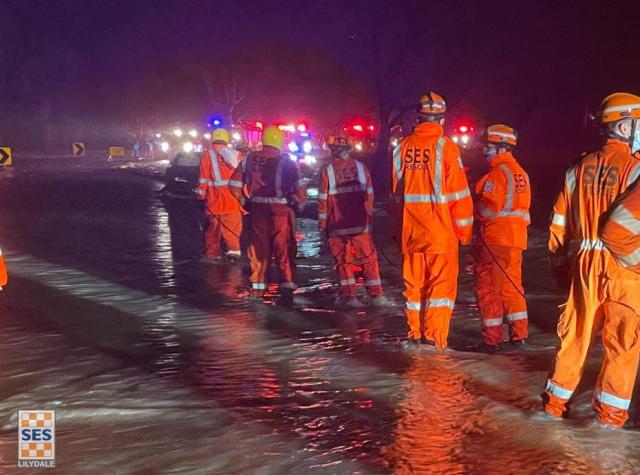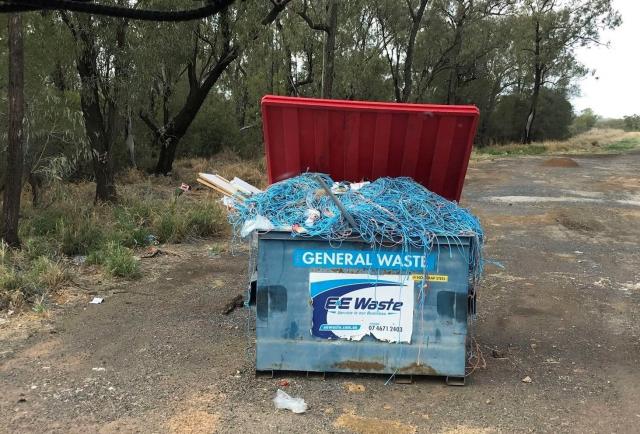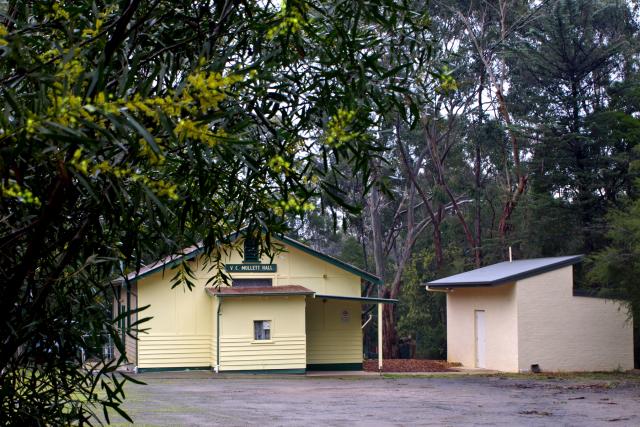Findings from an extensive inquiry into the flood event of 2022 has confirmed the need for sustainable funding of the state’s emergency response service.
This along with the uncovering of messy procedures, failures in emergency warnings and poor handling of claims post event helped establish the 73 findings and 90 recommendations made by the parliamentary committee.
The October 2022 flood event impacted 63 municipalities, representing 81 per cent of all local government areas in Victoria.
While much of the intense flooding occurred in Shepparton, Echuca and Rochester, the outer east was heavily burdened by the flash flooding, seeing excessive water in Lilydale, Yarra Junction, Yarra Glen and across the Hills, with close to 75mm of rain falling in around an hour and a half.
The inquiry, made up of a cross-section of parliamentarians, handed down its final report at the end of July.
And despite October 2022 being the wettest month ever in Victoria since records began in 1900, inquiry chair and Labor MP Ryan Batchelor said man made solutions actually went a long way in causing more problems.
“Not all the damage done in the October 2022 flood event was caused by nature alone,” he said.
“The impact of the volume of rain that fell was exacerbated by decisions made, often years prior, on the shape of the built environment, new physical infrastructure, and by our planning system.”
But for local SES units, the final report came as a sigh of relief, backing up their calls as part of the Fund VICSES campaign.
“It was good to see those recommendations reflect what we’ve been saying for a long time, which is that SES in Victoria has been grossly underfunded for decades, and we’ve been essentially over performing, if you like, compared to the level of financial input we’ve had from government,” Lilydale SES unit controller Shaun Caulfield said.
“So it’s fairly reassuring to see that recognised, that there’s both a gap in the funding for equipment, also the funding for training volunteers, but also in terms of being able to attract and retain new volunteers, as we need to over the course of time.”
In total, 25 findings related to the resourcing and response of Victoria’s SES, the lead flood response agency, with nine recommendations suggested by the committee.
A key finding stated the SES “lacks the appropriate resources to prepare and respond effectively to major emergencies such as flood events”.
The report highlighted, however, that during October 62.5 per cent of SES volunteers from 98 per cent of the state’s units responded in some capacity.
“It really reinforces that it’s vital to have us in the community to be able to take on that role…it’s really important that SES remains viable financially and that units are able to survive at that level,” Mr Caulfield said.
“We spend a lot of time, and in some ways CFA are similar, raising money to buy equipment to do our operational tasks and in an ideal world, we would spend less time doing that and more time training and responding to those tasks, spending less time focused on having enough money to put fuel into trucks or to make sure that our facilities are up to scratch.”
Leading recommendations from the committee addressed this, calling for the Victorian Government to “increase funding for training of volunteers to boost the capacity of State Emergency Service units” and to “increase funding and support for the Victoria State Emergency Service to enable a comprehensive upgrade of emergency communication technologies, ensure a steady supply of critical response resources, and expand volunteer recruitment and retention programs”.
Mr Caulfield said for him, those things carry equal weight in having a strong volunteer base.
“There’s an element of that that goes hand in hand. It’s easier to recruit and retain volunteers if they’ve got the right equipment to do the job, if they’ve got facilities that we’re asking them to use that are suitable and up to modern standards,” he said.
With the intensity of flooding events expected to increase as the climate changes, improved training and skills, Mr Caulfield said, will be essential to the response of these in the future.
“I would like to think if there is an increase in budget, then there will be a proportional increase in trying to upskill all members in that land based rescue skill set.
“It would be great to see all SES volunteers upskill to the Rescue Technician skill set, which is another level above what most of our units hold now.
“We’ve got 16 of our members, so about 20 per cent roughly of all of our members trained in that skill set, which is great, and it’s a multi unit response generally, but when you get a lot of those jobs going off, the more people you can have on the ground, the better.”
The report stated that in some instances, a lack of rescue crews resulted in community-led rescues, with an “insufficient volunteer capacity and inadequate resource availability” adding to the strain on volunteers.
And yet, through fatigue, under resourcing and limitations, the SES conducted a successful 1500 flood rescues in October 2022 and was praised in the final report for its efforts.
“The Victoria State Emergency Service was a pivotal part of the emergency response to the 2022 flood event. The exceptional dedication and resilience of the staff and volunteers in supporting communities and mitigating risks to life and property is commendable,” it reads.
Mr Caulfield said that positive element of the report, woven among the learnings and negatives, was a recognition of the willingness and ability of SES volunteers to continue to do and give in the face of adversity.
“98 per cent of our units provided some level of response. That would, off the top of my head, work out to pretty much all but one unit was engaged in some way, shape or form, in the response to that event.
“It’s nice to get the recognition of having done such a great job, but on the flip side of that, it was also quite sobering to see the level of impact that obviously still occurred.
“Behind those recommendations, we perhaps could have done better with additional funding and training, or that additional training and equipment could have improved some of the response outcomes for certain people who were impacted.”
No adoption of the recommendations has occurred yet but Mr Caulfield said the ideal would be the acceptance and implementation of all of them.
“I’d love to see them come out and say they’re going to adopt all 90 recommendations.
“Realistically, some of them are around outcomes that will help hundreds, if not thousands, of people actually not even need our services should we have another weather event because they talk about catchment management and levy banks.
“For the ones that specifically speak to SES, we’d love to see the government give an undertaking to do a full review of the funding model and to take on board the goals in the recommendations from the flood inquiry.”







